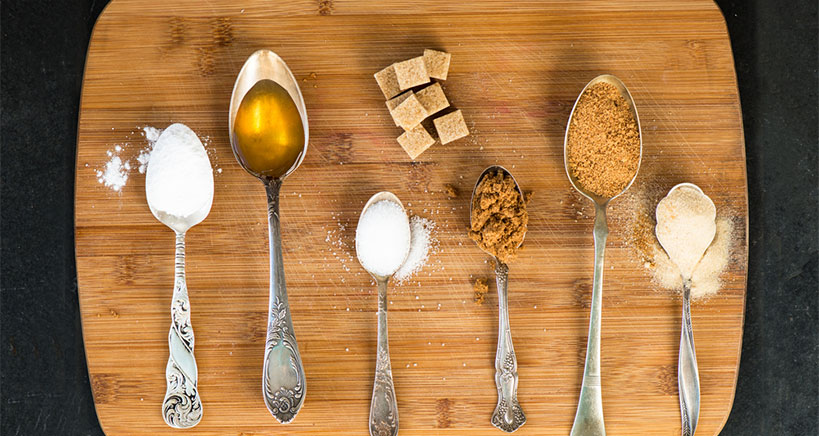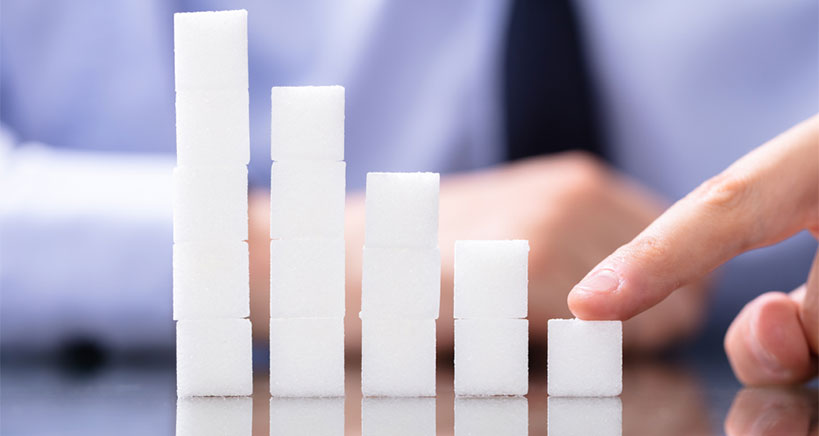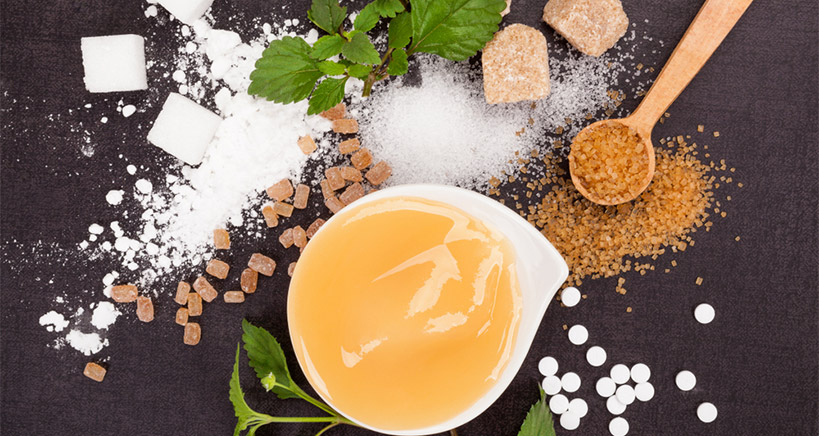
If you work in the bakery business or run a coffee shop, there is a good chance that one of your star ingredients is demerara sugar. Not only is its distinctive toffee-caramel flavor ideal for baking cakes and pastries but it has become a favorite among coffee and tea lovers who prefer its taste over other hot beverage sweeteners. The larger and grainier texture of demerara sugar crystals have also made it a popular pick among bartenders who use it to adorn the rims of cocktail glasses and as an accompaniment to brown liquors such as dark rum, bourbon, and whiskey.
We discussed maple syrup, and birch and walnut syrups as natural sweeteners in previous blogs, also rising in the popularity charts are natural brown sugar varieties such as molasses, muscovado, and evaporated sugar cane. With white processed sugars continuing to fall out of favor with consumers, now is a great time to get the full scoop on demerara sugar and its counterparts and learn how you can add them to your foodservice menus.
What Is Demerara Sugar?
Demerara sugar is made by pressing sugar cane to extract sugarcane juice. The juice is then boiled until the water has evaporated, thickening first into a syrup and then cooling and hardening. Retaining about 1%-2% of the natural cane molasses, the sugar is light brown in color and boasts a uniquely large and crunchy crystal which lends itself well for many dessert recipes and toppings.
Continue reading Guide to Demerara and Brown Sugar Varieties

